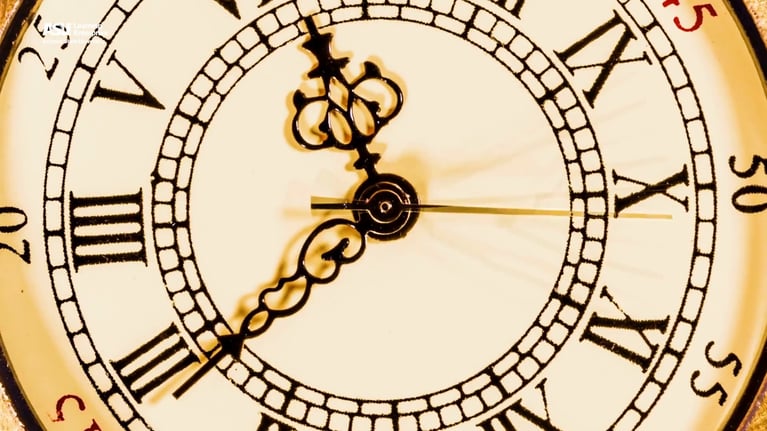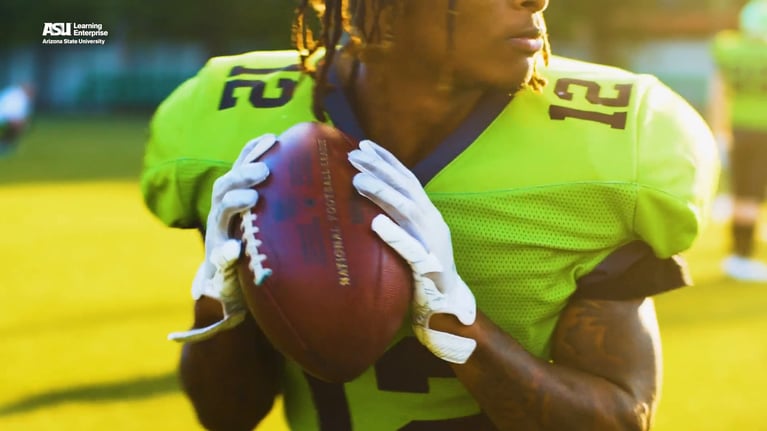Artists, with their unique creative skill sets, are increasingly collaborating with municipal governments to address civic issues. These collaborations, which involve artists working with government staff and communities, have led to innovative interventions. For instance, in St. Paul, artist Amanda Lovelee launched a project to bring city meetings to the people, increasing public participation. In Los Angeles, artist Alan Nakagawa used his skills to contribute to the city's Vision Zero plan to reduce traffic fatalities. These collaborations between artists and local governments not only inspire new approaches to government work but also help to rebuild public trust in civic and democratic processes.
Artists are dreamers. Creative problem-solvers. Risk-takers. Inspirational motivators. Storytellers. Critical thinkers. Artists are explorers, able to transcend boundaries. Artists are collaborators and facilitators, connecting people across the divides caused by their field of work, expertise, or cultural context.
These diverse, creative skill sets give artists core skills to be innovators. It happens in artmaking – painters envision new worlds in landscapes of far-off planets and creative writers invent new technologies for communication in a distant future.
Artists are also established collaborators across sectors, working within science labs, corporate settings, and government agencies to spur innovation within established working environments which may otherwise follow standard procedures to produce standard outcomes.
Today, municipal governments across the United States are increasingly interested in collaborating with artists. Artists are working in small towns and big cities, partnering with staff in mayor’s offices and with specific agencies from public health to parks to transportation. They are listening deeply and asking critical questions before collaborating with government staff and communities to develop innovative interventions that can address difficult civic issues.
In St. Paul, the Mayor's office invited local artist Amanda Lovelee to give a presentation at a public meeting to discuss a potential new city park. She and her city colleagues put hours of work into preparing for the meeting, but when the day came, only two citizens showed up to hear from the city and share their own thoughts on the project. Lovelee knew there was a different way to connect with residents, and launched a project to bring future city meetings to the people. She built Pop Up Meeting - a popsicle truck that traveled to parks and neighborhoods, exchanging popsicles for participation in city questionnaires. Pop Up Meeting is now an established practice in St. Paul and regularly gets participation from people who have never attended a public meeting before.
In Los Angeles, artist Alan Nakagawa was brought in to collaborate on their Vision Zero plan to reduce the rising number of traffic fatalities occurring across the city. He spent over a year within the Los Angeles Department of Transportation, using his skills as a sound artist and oral historian to connect with residents and city staff to create understanding of how they experience the streets. He recognized that people see the streets as prioritizing their personal right of way rather than seeing themselves as a part of a collective community traveling together. In response, Nakagawa created a number of projects that continue to shape the Vision Zero work including community-sourced street haikus about safety in the streets.
At a time when public trust in our civic and democratic processes is eroding, collaboration with artists can inspire new approaches to government work internally and new ways for governments to be responsible to their communities.


